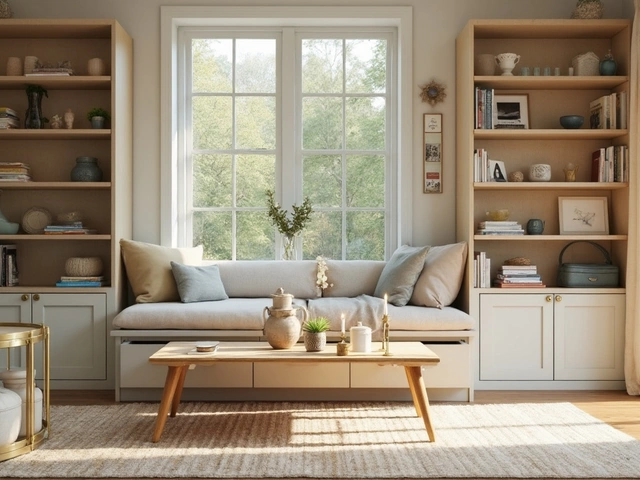Bed Linen – Style, Fit & Care Tips
Ever notice how a fresh set of sheets can make you want to stay in bed longer? The right bed linen does more than look good – it can boost comfort, health, and the whole vibe of your room.
Finding the Right Size
First things first: size matters. A mattress that’s too small for its sheets will slip off, while a too‑large set looks baggy. In the UK we usually talk in twin, double, king and super‑king, but many shoppers get confused by “XL”. Our post “What Does XL Mean in Bedding?” breaks it down – XL can mean extra‑long (good for taller people) or extra‑deep (for thick mattresses). Measure your mattress length and depth, then match those numbers to the label on the package.
If you’re swapping to a queen‑size bed, remember that fitted sheets have a pocket depth. Check the pocket depth on the tag; most modern sheets go up to 18‑20 cm, but if you have a pillow‑top mattress you may need deeper pockets.
Don’t forget duvet covers. The cover should be a few inches larger than the duvet itself, so it hangs nicely without pulling tight. A good rule is to add 10‑15 cm to the duvet’s width and length.
Care & Maintenance
Now that you’ve got the right size, keep it fresh. Most cotton sheets survive a 40 °C wash, but hotter water can shrink them. Use a gentle cycle and avoid bleach unless the label says it’s safe. For linen or bamboo fabrics, a cooler wash keeps the fibres from getting brittle.
Drying is another spot to watch. Over‑drying weakens threads and can cause static. If you can, tumble dry on a low setting or line dry in the shade. When you fold, store sheets in a breathable cotton bag instead of plastic – it stops mildew and keeps the fabric soft.
Seasonal swaps are easy with a little organization. Keep a small basket for “summer linen” (lighter, breathable cotton) and another for “winter linen” (flannel or higher‑thread‑count cotton). Rotate them as the weather changes to keep your bedroom feeling just right.
Choosing material is also key. Plain cotton is affordable and breathable, but percale feels crisp while sateen feels silky. Linen is great for hot climates because it stays cool, but it wrinkles more. If you love a plush feel, look for bamboo blends – they’re soft and naturally antimicrobial.
Thread count often gets hype. A 200 TC percale can feel better than a 600 TC sateen if the cotton quality is high. Focus on the type of weave and fibre quality instead of just the number.
Colour and pattern let you set the mood. Light neutrals make a room feel bigger, while dark hues add drama. If you’re bold, mix a patterned duvet cover with solid pillowcases – it keeps the look balanced without overwhelming the space.
Finally, budget vs. quality. You don’t need to splurge on the most expensive set to get comfort. Look for sales, check reviews for durability, and consider buying a basic set now and upgrading pieces like pillowcases later.
Ready to refresh your bedroom? Browse our bed linen collection for styles that fit any size, material preference, and budget. With the right fit and proper care, your sheets will stay fresh, comfy, and stylish for years to come.

Exploring the Essence of Bedding: Comfort, Style, and Functionality
Bedding is not just about covering your bed; it's a pivotal part of your home’s aesthetic and personal comfort. From the texture of your sheets to the weight of your duvet, every element can dramatically influence your sleep quality. This article delves into the definition of beddings, exploring their types, materials, and historical evolution. Learn practical tips to choose the right bedding to enhance your sleep experience. Discover fascinating facts about how bedding trends have developed through the ages.
Categories
- Storage (27)
- Bathroom (18)
- Sofas (15)
- Curtains (15)
- Home Decor (12)
- Bedding (11)
- Kitchenware (11)
- Cushions (11)
- Mirrors (10)
- Rugs (9)



